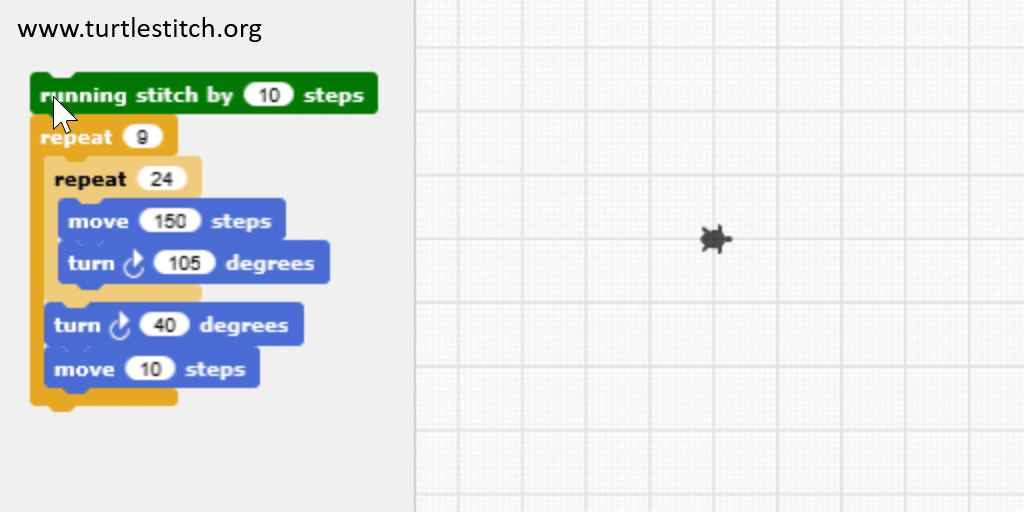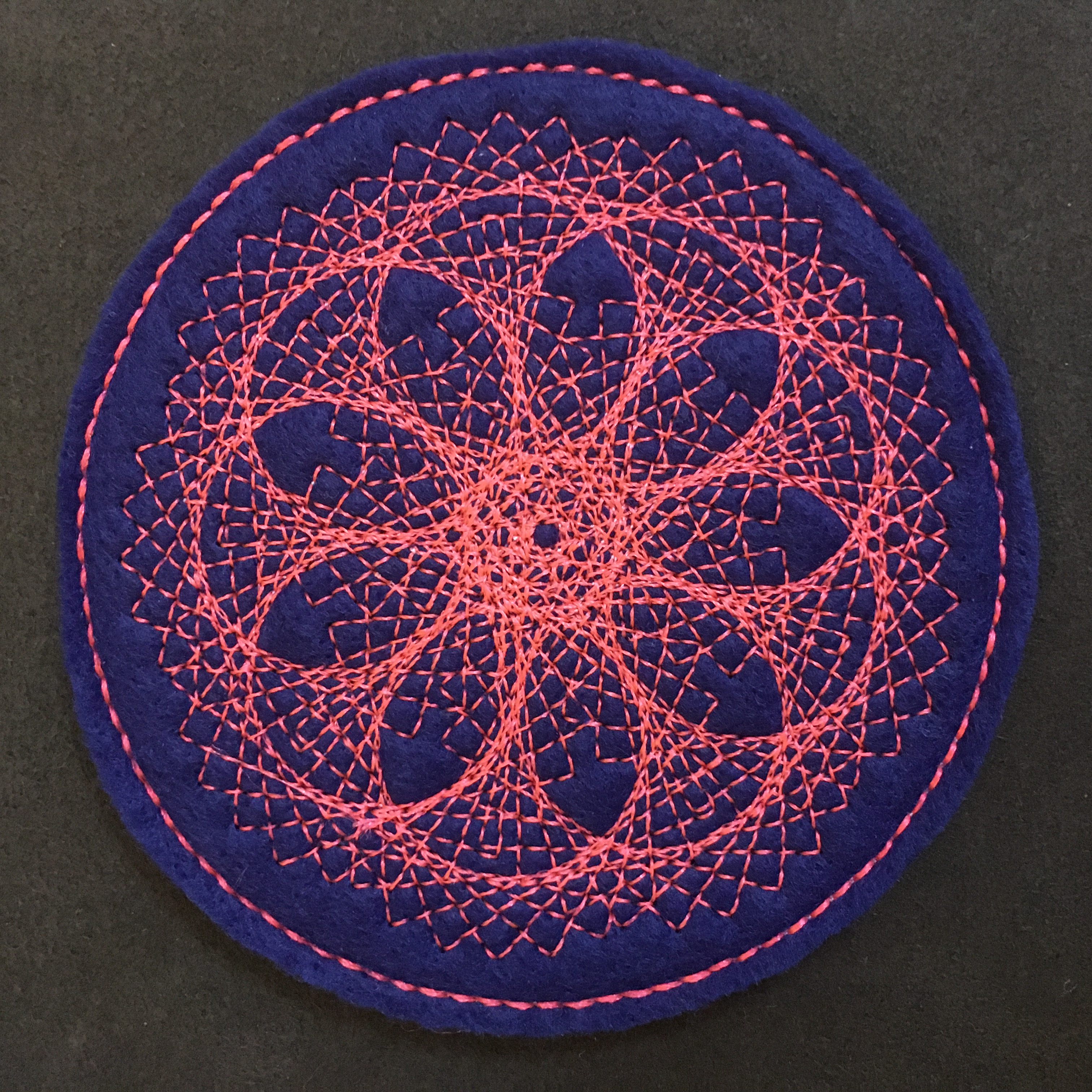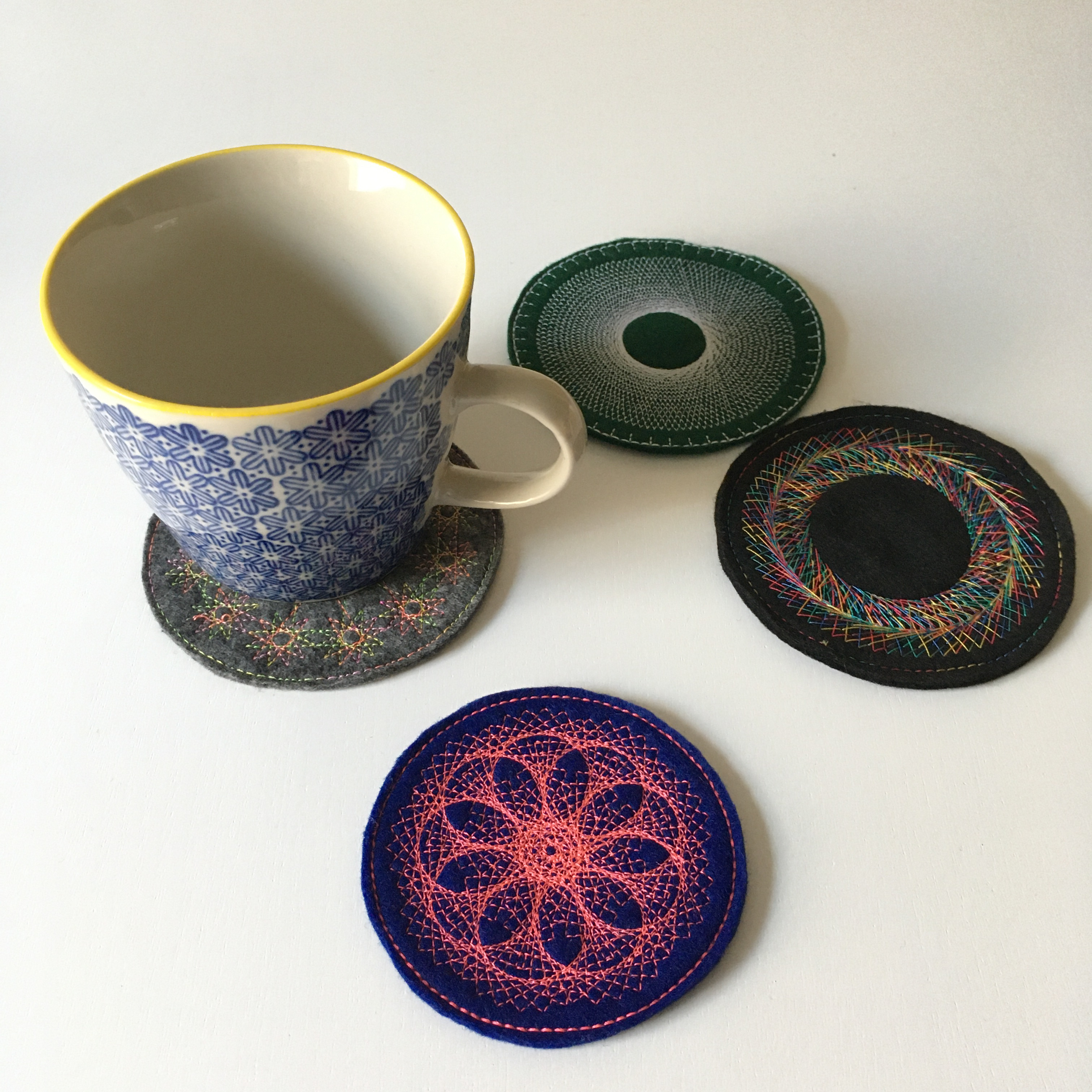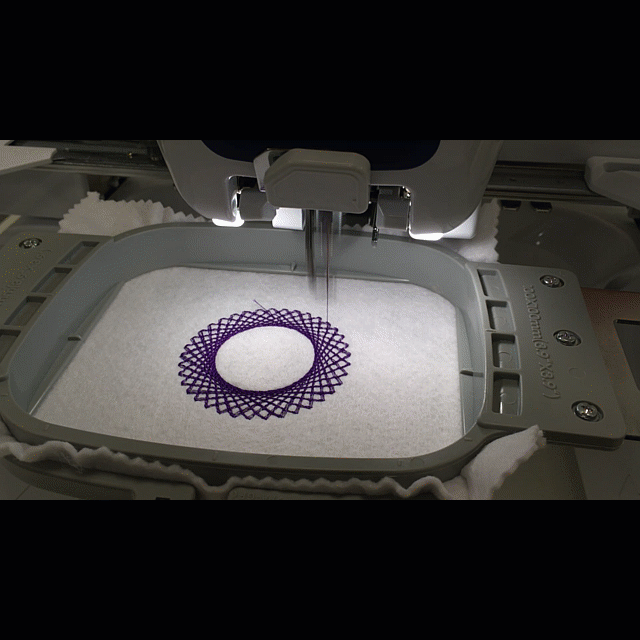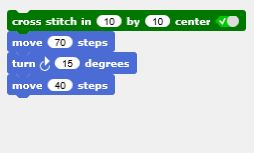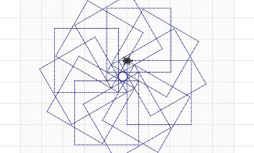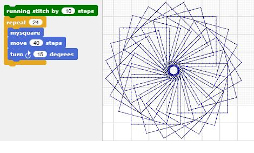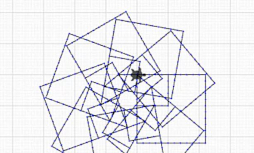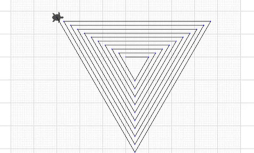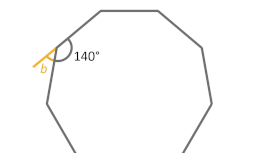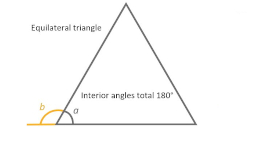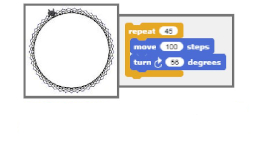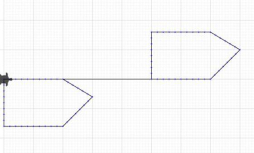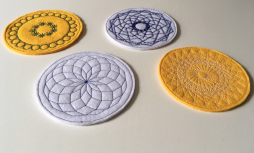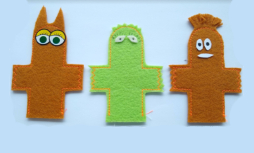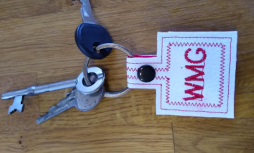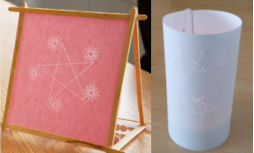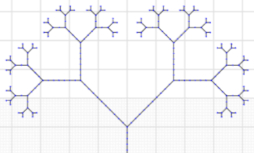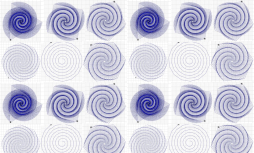Turtlestitch
Turtlestitch
What is TurtleStitch?
Turtlestitch Link opens in a new windowis freely available software that enables the generation and stitching of patterns using a digital embroidery machine. It gives programmatic control of the machine, enabling a wide range of patterns to be designed and stitched onto fabric. It was developed by Andrea Mayr-Stalder, and runs in a browser window.
- Basic Skills , Maths Resources including Maths Lesson Plans (Years 5 & 6, ages 9-11).
- TurtleStitch CPD - An introduction to TurtleStitch for teachers and adults wishing to use it.
- From Pattern to Code - ** New** Short video tutorials to create specific patterns.
- Emerging PatternsLink opens in a new window - exploring patterns that emerge through drawing lines and repetition
- Stitch in TimeLink opens in a new window - Lesson plans for the Stitch in Time project (originally for Coventry City of Culture 2021)
- Activity Highlights - an overview of some of the WMG outreach team highlights with TurtleStitch
Online learning: programming and maths
TurtlestitchLink opens in a new window is used by WMG for outreach activities, as a means of raising awareness of the breadth of engineering. The WMG Outreach team has created a number of resource cards and video tutorials to support its use by teachers, parents and students, including maths task cards suitable for upper key stage 2 (school years 5 and 6). Children work out the answers to maths questions and check them using Turtlestitch.
Parental supervision is advised when accessing external websites.
Printing
The cards can be viewed online or printed individually or in sets. To print the full sets of cards, we recommend setting your printer to print landscape on both sides and flip on short edge.
Teacher training
Book an online teacher training session about using Turtlestitch to teach computing and maths.
Contact
Share pictures of your designs with us on Twitter @wmgwarwick #WMGOutreach
For enquiries about the cards and videos or to report an error, please email
Maths Lesson plans - years 5 and 6
We have created cross-curricular lesson plans for the years 5 and 6 maths and computing programmes of study. Each lesson plan contains links to videos for teachers to familiarise themselves with the content in advance, and activity cards for children to use during the lesson. Each lesson takes 50-60 minutes, but could be broken down into shorter activities.
Subject(s) |
Learning objective |
|
| Maths and computing (years 5 & 6) |
We are learning to calculate missing angles on a straight line. |
|
| Maths and computing (years 5 & 6) |
We are learning to apply our knowledge of properties of shapes. |
|
| Maths and computing (year 6) |
We are learning to find the highest common factor of two numbers. |
|
| Maths and computing (years 5 & 6) |
We are learning to use variables in programs. |
Basic Skills: Writing programs in TurtleStitch
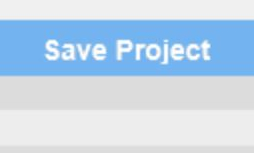
Saving your file: Video
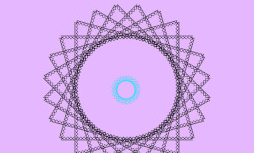
Displaying your design without a machine: Video
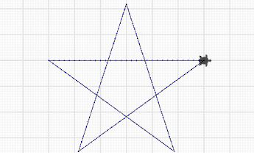
Creating a star and other shapes: Card
Printable set of skills cards - set your printer to print landscape on both sides and flip on short edge.
Maths: Practice year 5 and 6 maths using TurtleStitch

Coordinates: Introduction
Printable set of maths cards - set your printer to print landscape on both sides and flip on short edge.
Projects: things to make with a digital embroidery machine
Printable set of project cards - set your printer to print landscape on both sides and flip on short edge.
Investigations: Concepts to explore
Printable set of investigation cards - set your printer to print landscape on both sides and flip on short edge.
Teacher CPD sessions
TurtleStitch CPD. An introduction to TurtleStitch aimed at teachers wishing to use it in their classrooms. Adults with an interest in using TurtleStitch are also welcome to attend. The next session will be online, 31st of January 2024 at 4.30pm (GMT). Register your interest here.


